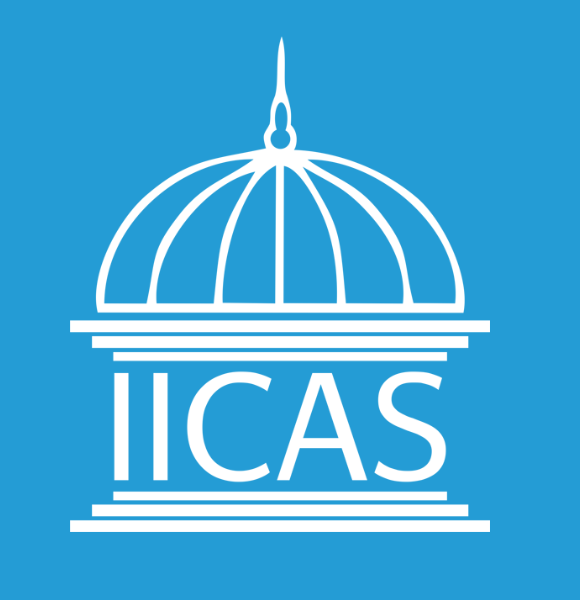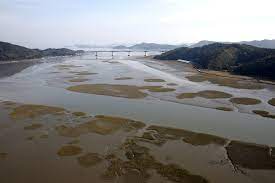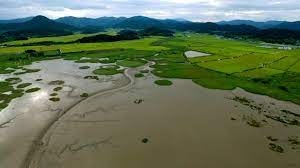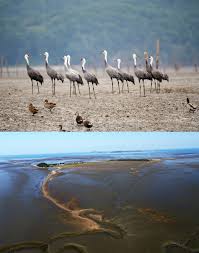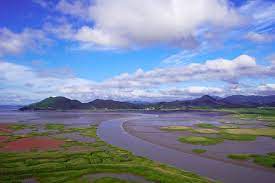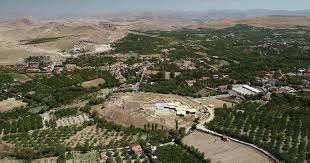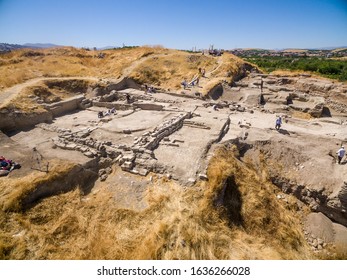
Cultural site in Turkey and natural site in Republic of Korea inscribed on UNESCO’s World Heritage List

*
The 44th
session of the World Heritage Committee is chaired from Fuzhou (China) and
taking place online from 16 to 31 July 2021. Following sites from Turkey and
Republic of Korea (both are Member States of IICAS) were inscribed to the
UNESCO World Heritage List on 26 July 2021.
Arslantepe Mound
(Turkey).
Arslantepe Mound is a 30-metre-tall archaeological tell located in the Malatya
plain, 12 km south-west of the Euphrates River. Archaeological evidence from
the site testifies to its occupation from at least the 6th millennium BCE up
until the late Roman period. The earliest layers of the Early Uruk period are
characterized by adobe houses from the first half of the 4th millennium
BCE. The most prominent and flourishing period of the site was in the Late
Chalcolithic period, during which the so-called palace complex was constructed.
Considerable evidence also testifies to the Early Bronze Age period, most
prominently identified by the Royal Tomb complex. The archaeological
stratigraphy then extends to the Paleo-Assyrian and Hittite periods, including
Neo-Hittite levels. The site illustrates the processes which led to the
emergence of a State society in the Near East and a sophisticated bureaucratic
system that predates writing. Exceptional metal objects and weapons have been
excavated at the site, among them the earliest swords so far known in the
world, which suggests the beginning of forms of organized combat as the
prerogative of an elite, who exhibited them as instruments of their new
political power.
Getbol, Korean Tidal Flats (Republic of Korea). Situated in the eastern Yellow Sea on the southwestern
and southern coast of the Republic of Korea, the site comprises four component
parts: Seocheon Getbol, Gochang Getbol, Shinan Getbol and Boseong-Suncheon
Getbol. The site exhibits a complex combination of geological, oceanographic
and climatologic conditions that have led to the development of coastal diverse
sedimentary systems. Each component represents one of four tidal flat subtypes
(estuarine type, open embayed type, archipelago type and semi-enclosed type).
The site hosts high levels of biodiversity, with reports of 2,150 species of
flora and fauna, including 22 globally threatened or near-threatened species.
It is home to 47 endemic and five endangered marine invertebrate species
besides a total of 118 migratory bird species for which the site provides
critical habitats. Endemic fauna includes Mud Octopuses (Octopus minor), and
deposit feeders like Japanese Mud Crabs (Macrophthalmus japonica), Fiddler
Crabs (Uca lactea), and Polychaetes (bristle worms), Stimpson’s Ghost Crabs
(Ocypode stimpsoni), Yellow Sea Sand Snails (Umbonium thomasi), , as well as
various suspension feeders like clams. The site demonstrates the link between
geodiversity and biodiversity, and demonstrates the dependence of cultural
diversity and human activity on the natural environment.
Share:
